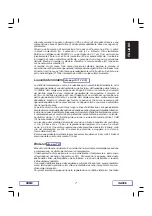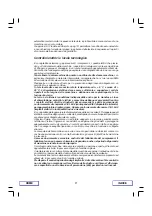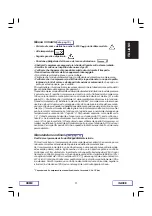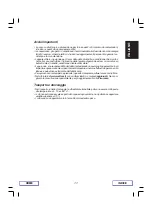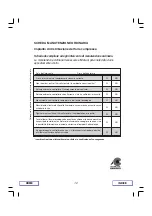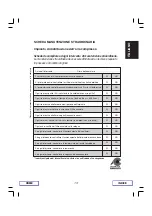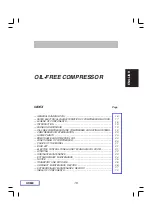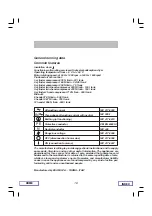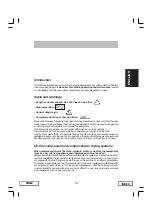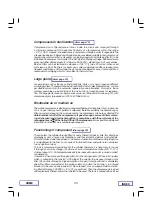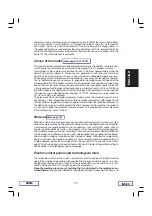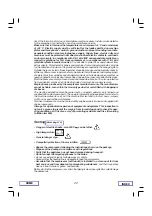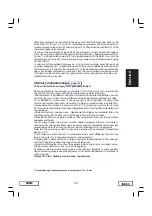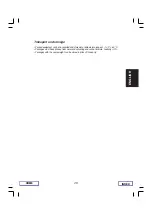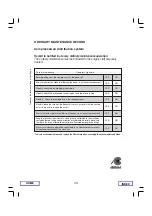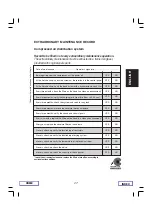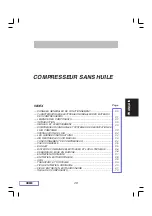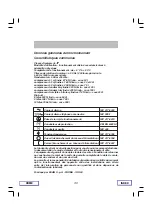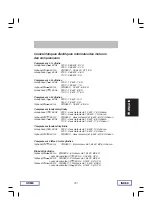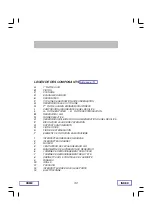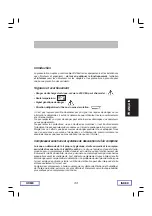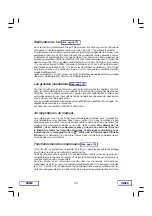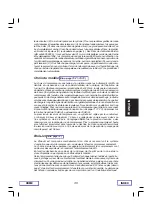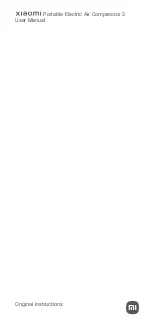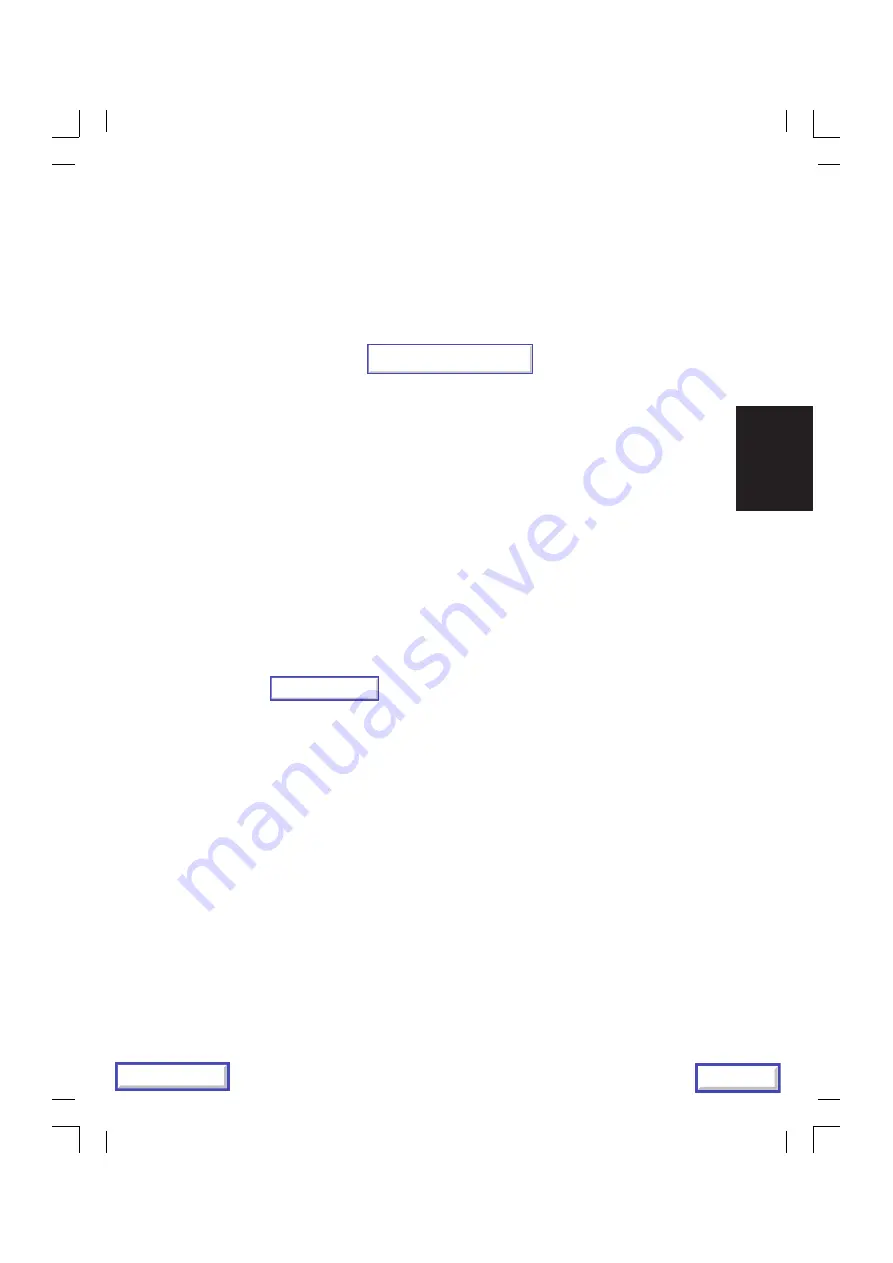
21
ENGLISH
alimentary resin guaranteeing good conservation of air. Whilst the tank is being fi lled,
the air also enters a small reservoir (O) through the selector valve (N). At the end of
each cycle, the dry air in the small reservoir fl ows back through the drying column in
the opposite direction and regenerates the silica gel compound. This reversed fl ow of air
carries all the water (previously removed from the compressed air) and drains it into the
bottle (P). The whole process is automatic.
Choice of the model
The type of oil-free compressor will be selected according to the dentist’s rotating instru-
ments and to the compressed air demand of the surgery, clinic, hospital or factory.
One cylinder of the compressor produces from 60 to 80 l/min, approximately, while the
dentist instruments subject to continuous use generally do not consume more than
60 l/min of air at the pressure of 5 bar, so one cylinder can adequately supply one chair.
The capacity of the compressor must be abundant, in any case, with respect to consump-
tion, to facilitate the pauses, necessary to regenerate the drying column at the end of the
charging operation. The double column set with automatic drainage does not need any
pause. The loss load that occurs along the distribution line is generally due to the lack of
a ring type layout and to pipes with an excessively small cross section. All too often these
important aspects are neglected. As for the noise level, the compressor can be supplied
with plastic cover or deadening box (see pag. 71-72-73), allowing for a noise reduction
of 10 and 20 dB (A) respectively.
The pressure of the one-cylinder-compressor tank is set by the manufacturer at min. 5.5
bar and max. 7.5 bar. Regulation of two-or three-cylinder-compressors with ranges from 6
to 8 bar. Different regulations of the working pressure will affect the life of the compressor:
the higher the max pressure the greater the effort and wear of the machine. It is prudent,
in any case, to keep the maximum pressure at least 1.5 bar below the level of pressure
of the safety valve, set at 10.5 bar.
Blok-Jet consists of an enclosure housing aspiration and compression systems, or only a
series of compressor heads. The enclosure allows to place one appliance on top of another
(compressors are usually placed on top of aspirators), thus saving 50% space. We can
supply customized Blok-Jet units, once surgery or clinic, hospital or factory requirements
and available space are known. According to location and customer demand, Blok-Jet
can be produced in different versions: open, side-panelled, fully panelled and ventilated,
and also with soundproof conditioned box. A group of heads, controlled by an electronic
board which starts the heads in sequence, is more versatile and less expensive than a
single appliance, particularly for large plants. Groups of 6-9-12 heads and more, (draw.
page 74) allow replacing one head without switch ing off the plant. Sequential starting of
heads allows to avoid dangerous peak amperage.
Electric control panels and technological room
It is advisable to install suction units, compressors, electric panels controlling machine
operations, amalgam separators with possible fi ltering lines and drain pumps, in a duly
equipped technological room. Check that the air exhausted from the suction unit is con-
veyed outside and that it is not sucked up by the compressor.
Keep the machine room clear of anything that is not related to the machines con-
tained therein
, taking special attention of fl ammable materials; make sure that there is no
HOME
INDEX
Summary of Contents for 1-cylinder compressor Series
Page 15: ...14 HOME INDICE...
Page 29: ...28 HOME INDEX...
Page 43: ...42 HOME INDEX...
Page 57: ...56 HOME INDEX...
Page 75: ...74 ESEMPI DI BLOK JET BLOK JET SAMPLES HOME INDEX INDICE INHALTVERZEICHNIS INDEX INDEX INDICE...

